Slamming doors are loud, unsafe, and damage frames. They can trap fingers and create constant noise. A soft-closer sliding door offers a quiet, safe, and elegant solution.
A soft-closer sliding door uses a hydraulic or pneumatic mechanism inside the track. This damper catches the door in its final inches of travel, gently pulling it shut. This prevents slamming, increases safety, reduces wear and tear, and adds a premium feel to the door.
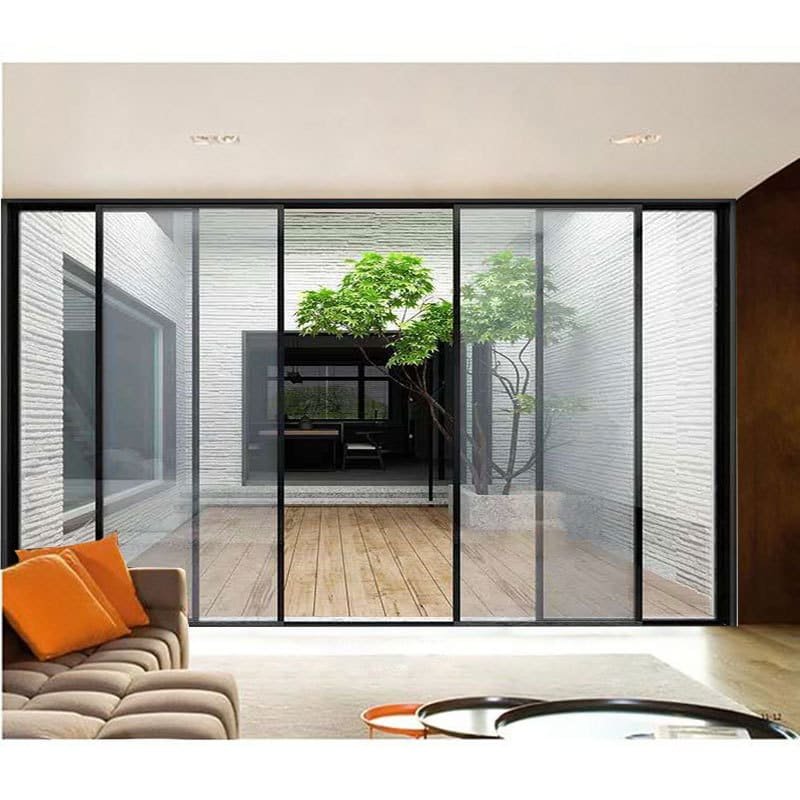
I’ve been in the hardware business for years, and I’ve seen how small details can make a big difference. A soft-closer is one of those details. It transforms a standard sliding door into a high-end feature. For purchasers like you, offering this feature can set your products apart. But to really understand its value, we need to look at the different kinds of sliding doors it can be used with. Let’s start with one of the most popular types you’ll encounter.
What is a hanging sliding door?
Floor tracks look messy and can be a trip hazard. They always collect dirt and make the floor hard to clean. A hanging sliding door fixes this with a clean, trackless floor.
A hanging sliding door, also called a top-hung system, supports the door’s weight from a track above the opening. Rollers on top of the door run along this track. A small floor guide keeps it stable, but there is no main track on the floor.
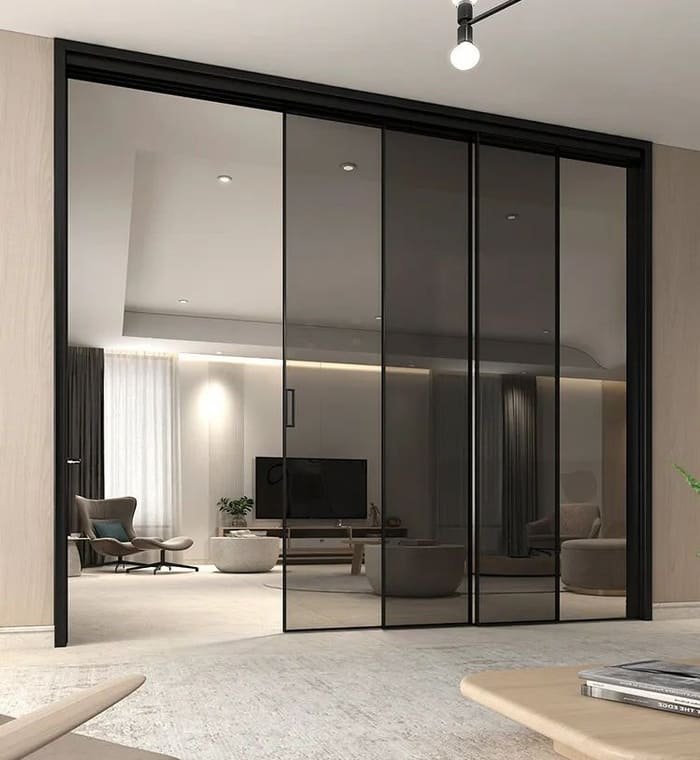
When I talk to clients, the choice between a top-hung system and a bottom-rolling system often comes up. In my factory, we produce hardware for both, but they serve different needs. The key difference is where the door’s weight rests. With a hanging door, the entire load is on the track above the doorway. This means the wall header must be strong enough to support it. Bottom-rolling doors place the weight on a track on the floor, which can be easier to install in some situations. However, hanging doors give a much cleaner and premium look. The floor is completely clear, which is great for aesthetics and for accessibility. It also means the operation is often much smoother because the rollers are protected from floor dust and debris.
Top-Hung vs. Bottom-Rolling Systems
Here is a simple breakdown I use to help my customers decide:
| Feature | Hanging Sliding Door (Top-Hung)1 | Floor Sliding Door (Bottom-Rolling)2 |
|---|---|---|
| Support | Weight supported by a top track. | Weight supported by a bottom track. |
| Appearance | Clean, seamless floor. Modern look. | Visible track on the floor. |
| Operation | Very smooth and quiet. | Can get rough if track is dirty. |
| Installation | Requires strong wall/header support. | Simpler installation on the floor. |
| Maintenance | Low maintenance; track stays clean. | Floor track needs regular cleaning. |
What are the different types of sliding doors?
Choosing the right sliding door can feel overwhelming. The wrong type can ruin a project’s look and function. Understanding the main types makes the decision much simpler for your customers.
The main types of sliding doors are bypass, pocket, barn, and folding doors. Each serves a different purpose. Bypass doors slide past each other, pocket doors disappear into the wall, and barn doors hang on an external track. All can use our hardware systems.
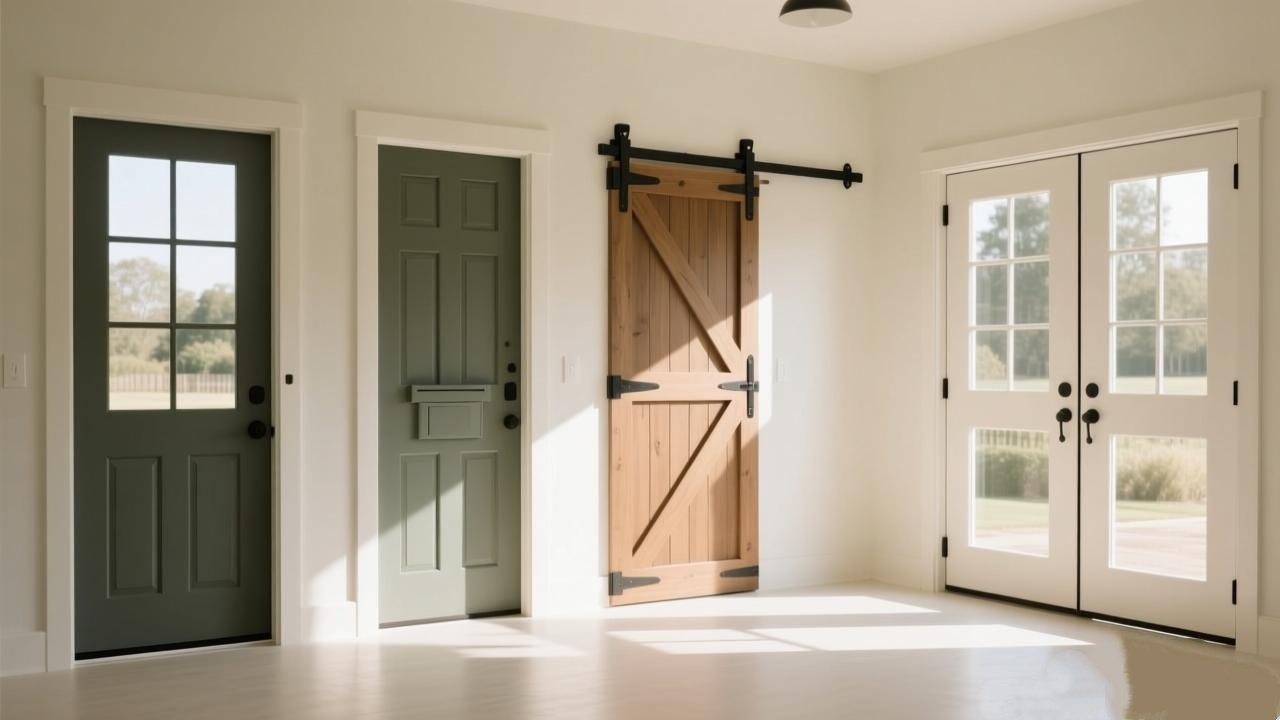
As a manufacturer, we’ve designed hardware systems for every application you can think of. It’s important for purchasers to know which hardware kits match which door type. Getting this right ensures a smooth installation and a happy end-user. Let’s look at the most common ones you will be sourcing for.
Bypass Doors
These are what you typically see on closets. Two or more doors slide on parallel tracks, so one can pass in front of the other. They are space-efficient because they don’t swing out. The hardware kits for these require multiple tracks and specialized roller hangers for each door.
Barn Doors3
This style has become very popular. A single door hangs on a track mounted above and outside the opening. It’s a statement piece. The hardware is visible and part of the aesthetic. We produce many styles, from rustic to modern industrial, to fit different designs.
Folding Doors4
Also known as bifold doors, these are used for wide openings like closets or room dividers. The door consists of panels that fold up against each other as they slide open. This requires a specific hardware kit with pivots and hinges in addition to the roller track.
What is the common problem with sliding doors?
Sliding doors can get stuck or jump off their tracks. This is a major frustration for users and reflects poorly on your finished product. Knowing the common issues helps you choose quality hardware.
The most common problems are doors sticking, making noise, or derailing. This is often caused by low-quality rollers, debris in the track, or bad installation. Worn-out parts and door misalignment are also frequent issues that can be avoided with better hardware.
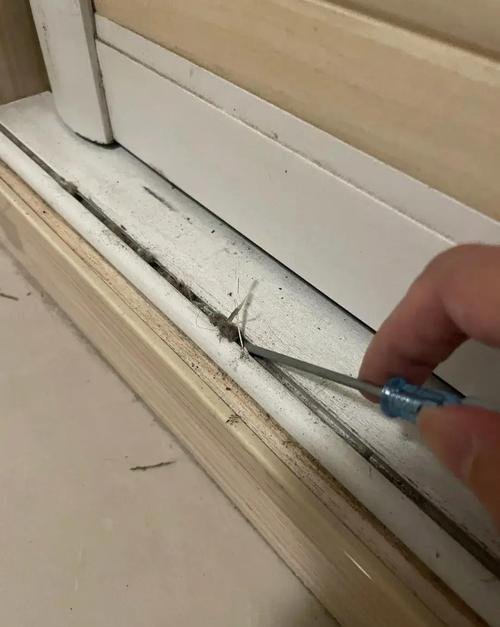
In our factory, quality control is everything. I’ve seen firsthand how a cheap roller can lead to a customer complaint down the line. For my B2B clients, reliability is key. Your reputation depends on the components you use. That’s why we focus on preventing these common problems at the source: the hardware itself. For example, our rollers use high-grade bearings sealed against dust. This ensures they run smoothly for years. The material strength of the track is also critical to prevent bending or damage, which can cause derailing. By investing in better components, you reduce warranty claims and build a stronger brand.
Diagnosing Sliding Door Failures
Here are the issues your technical team or customers will face and what usually causes them:
| Problem | Common Cause | Our Solution |
|---|---|---|
| Sticking / Hard to Move5 | Dirt in the track, worn-out rollers, misaligned door. | Sealed bearing rollers, durable track profiles. |
| Noisy Operation6 | Low-quality bearings, lack of lubrication, loose parts. | High-precision, pre-lubricated bearings. |
| Door Derailing | Weak track, improper roller design, forceful use. | Heavy-duty tracks, secure roller hangers. |
| Door Not Plumb | Poor installation, frame settling. | Adjustable hardware for fine-tuning. |
What do you call a sliding door that slides into the wall?
You need a door that saves the most space possible. A normal swinging door takes up too much valuable floor area. A door that vanishes into the wall is the perfect solution.
A sliding door that disappears into a cavity inside the wall is called a pocket door. When it is open, it’s completely hidden. This provides a clean, minimalist look and maximizes usable floor space. It requires a special hardware frame kit.
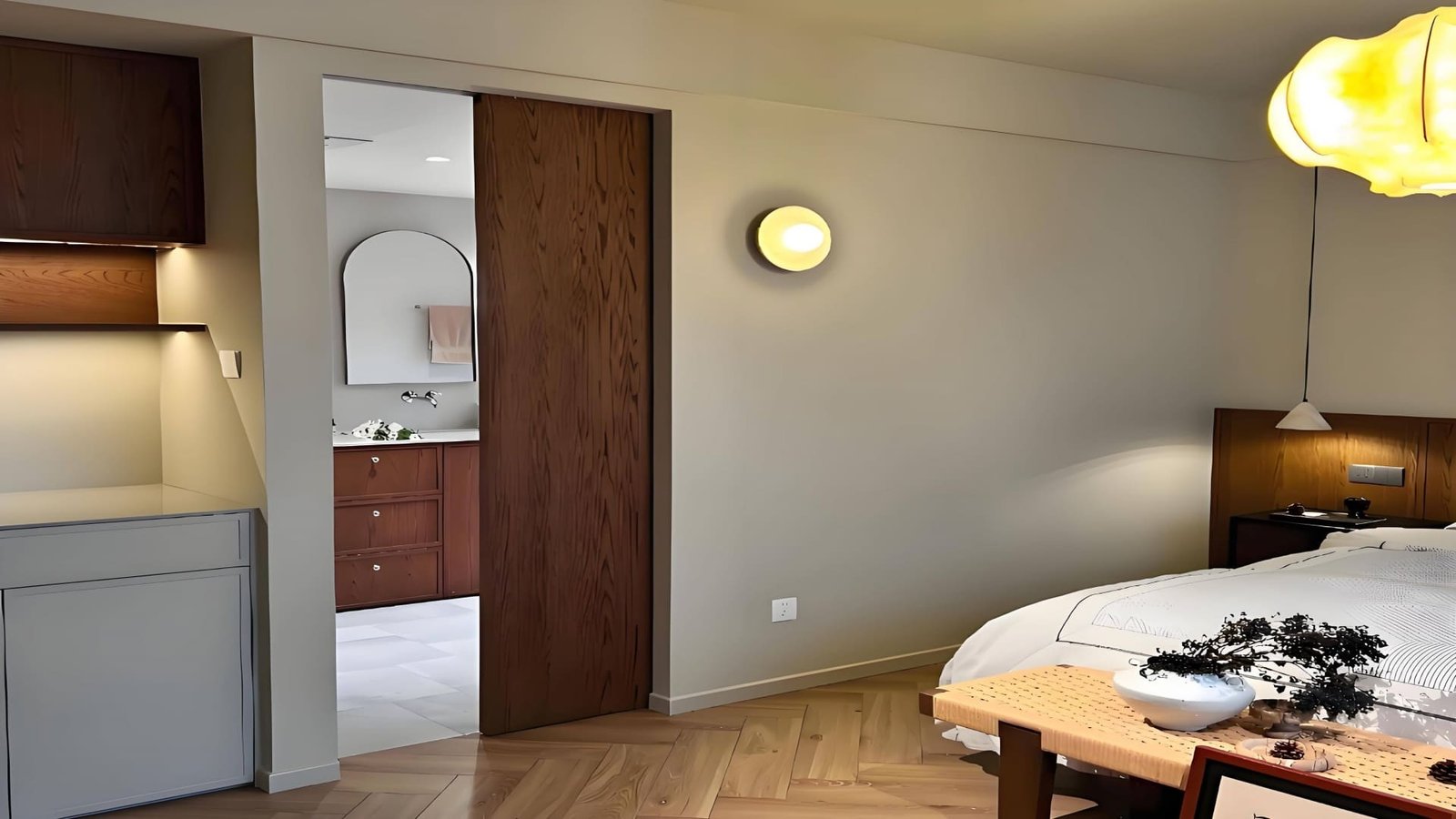
Pocket doors are a brilliant space-saving solution, but they come with a big warning. Once the wall is closed up, the track and rollers are very hard to access. If you use a cheap, low-quality hardware kit, you are creating a huge problem for the future. I always tell my clients, especially contractors and factories, that the pocket door hardware is not the place to cut corners. A failure means breaking open the wall to fix it. That’s why we design our pocket door systems to be incredibly durable. We use heavy-gauge steel tracks and robust rollers designed for thousands of cycles.
The Mechanics of a Pocket Door System
A pocket door system7 isn’t just a track. It’s a complete frame that gets installed inside the wall studs. This frame creates the "pocket" for the door to slide into. The track is mounted at the top of this frame, making it a top-hung system. This ensures the floor remains clear. For a premium touch, our soft-closer mechanisms8 can be integrated directly into the pocket door track. This makes the door glide silently into the wall, adding a touch of luxury.
Conclusion
Soft-closers add value to any sliding door. Understanding different types like hanging or pocket doors, and their common issues, helps you choose the best hardware for your projects.
Explore the advantages of top-hung systems for a modern, seamless look in your space. ↩
Learn about the practical aspects of bottom-rolling doors, including installation and maintenance tips. ↩
Discover tips on selecting Barn Doors that match your style and functionality needs, making your space more inviting. ↩
Explore the advantages of Folding Doors, including space-saving features and aesthetic appeal, to enhance your home design. ↩
Explore this link to understand the common causes of sliding door issues and effective solutions. ↩
Discover expert tips on resolving noisy sliding door problems for a smoother operation. ↩
Understanding the mechanics of a pocket door system can enhance your home design and functionality. ↩
Explore how soft-closer mechanisms can improve the usability and elegance of your pocket door. ↩

